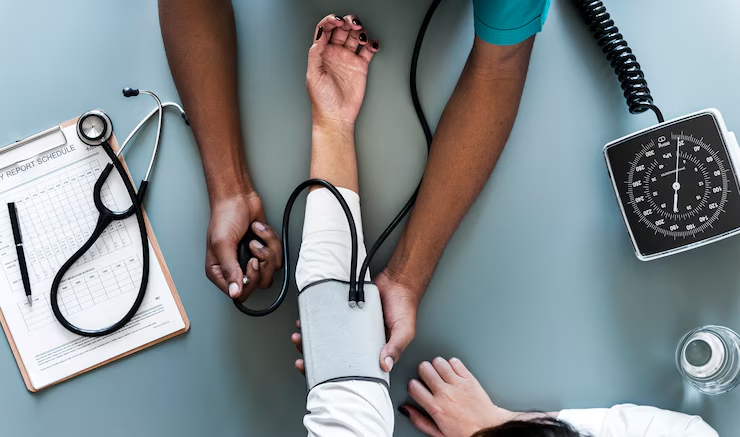SIGNS OF STROKE & WHAT TO DO IMMEDIATELY

Photo by Bruce Tang on Unsplash A stroke is a medical emergency that occurs when blood flow to the brain is interrupted. Recognizing the warning signs and acting fast can prevent severe complications and save lives. What Is a Stroke? A stroke occurs when your brain does not receive sufficient blood flow. There are two main types of strokes: • Ischaemic stroke: the most frequent type, occurs due to an arterial blockage. • Haemorrhagic stroke: occurs when there is a rupture of a brain artery, resulting in internal bleeding. Recognizing Stroke Symptoms – The FAST Method One of the easiest ways to remember the warning signs of a stroke is the FAST method: F – Face Drooping: which might present as uneven smiles or one side of the face that doesn’t move when asked to smile. A – Arm Weakness: with one arm drifting downward when the person raises both arms. S – Speech Difficulty: Listen for slurred or strange speech. Ask the...





